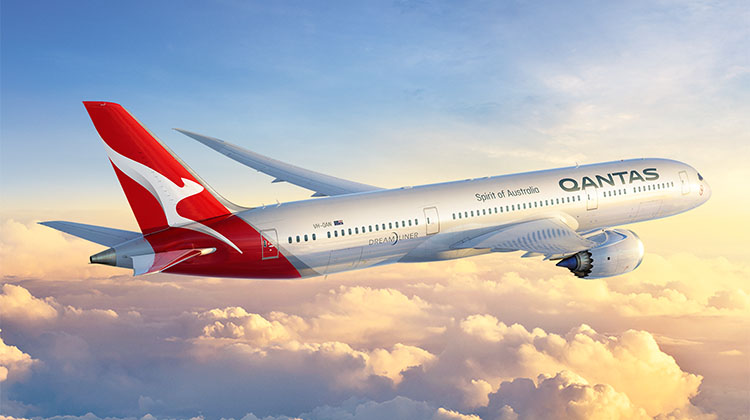
GE Australia has signed up with Qantas’s carbon offset program Future Planet.
The engine manufacturer has committed to support Qantas’s efforts to offset carbon emissions from its flights through backing projects around the world.
Qantas head of environment Alan Milne said this latest partnership extended a relationship with GE that stretches back many years, including on a digital collaboration centre in Austin that opened in October which aims to reduce fuel burn during flight through greater use of data.
“This is a logical next step in the really strong relationship we have with GE,” Milne said in a statement on Thursday.
“GE’s big data team is already helping us fly more efficiently by analysing and improving our engine performance, so we’re delighted to be expanding the partnership by helping them offset their emissions when they travel with us.
“It’s the kind of collaborative approach that’s going to be so important in helping achieve aviation’s ambitious targets in responding to climate change.”
Qantas Future Planet supports carbon offset projects such as forest fire management in Western Australia’s Kimberley region by local indigenous land owners and wilderness conservation activities in Tasmania. The company said there were more than 40 certified offset projects around the world that were part of Future Planet’s portfolio.
Established in 2007, Future Planet has offset more than 2.5 million tonnes of carbon emissions, according to the Qantas website.
GE Aviation general manager in Australia Max York said: “Everyone has a responsibility to preserve our planet for future generations – including government, business, and individuals. We’re excited to be a foundation partner in a program which will deliver real environmental benefits for Australians.”
The International Air Transport Association’s (IATA) sustainability target is aiming for carbon free growth by 2020 (ie offsetting the increase from carbon emissions from growth from 2020 onwards), and a cut to net emissions to half 2005 levels by 2050.
The engine manufacturer, which supplies the powerplants on Jetstar’s Boeing 787-8 fleet, as well as the larger 787-9s that Qantas has ordered.
Further, the 50:50 joint venture between Snecma of France and GE, CFM, builds the engines for Qantas’s Boeing 737 fleet.
GE joins other corporate partners of Future Planet such as Allens, Destination NSW and Ernst & Young, Qantas said.















